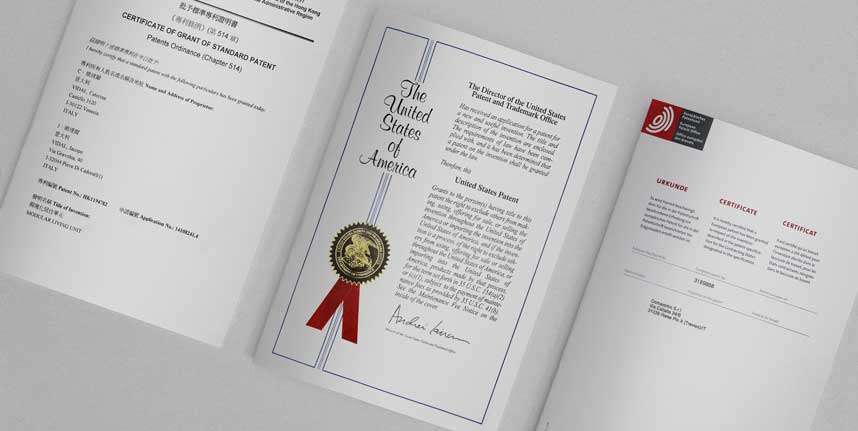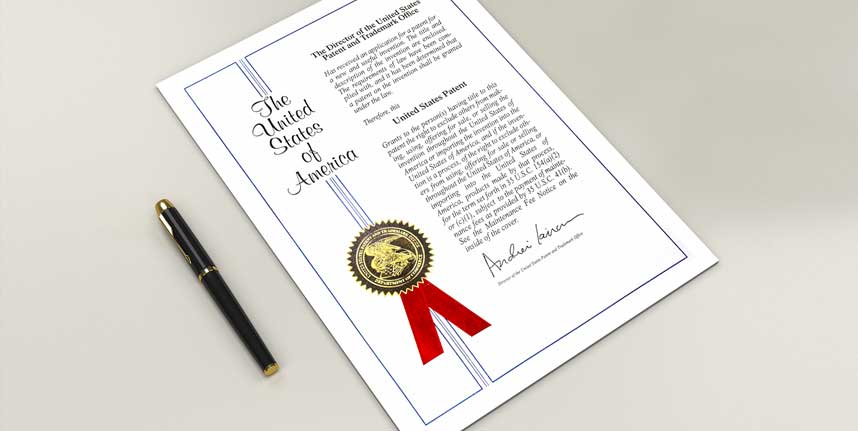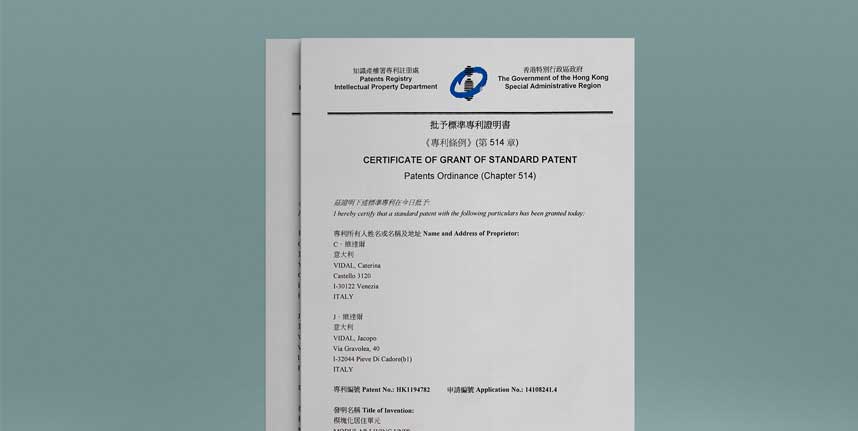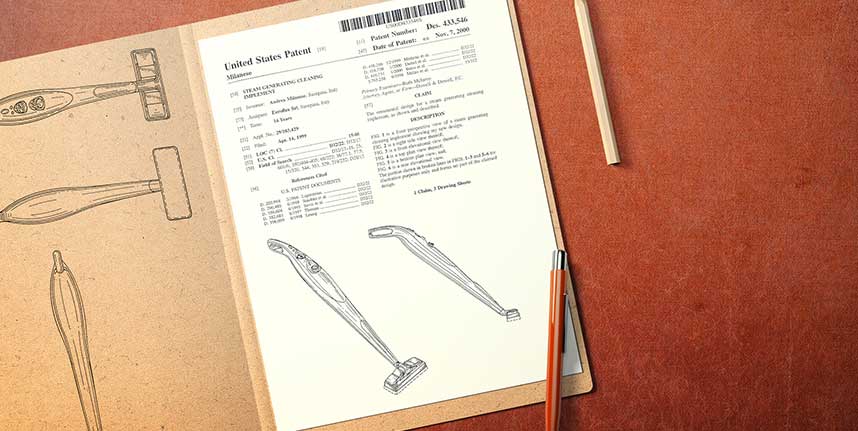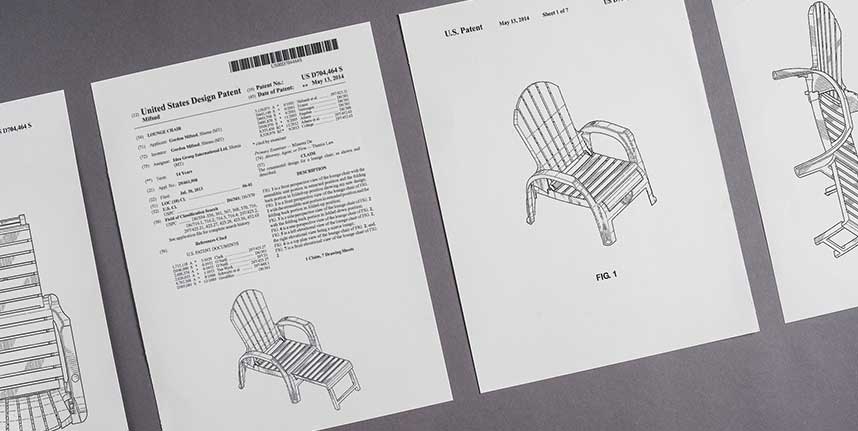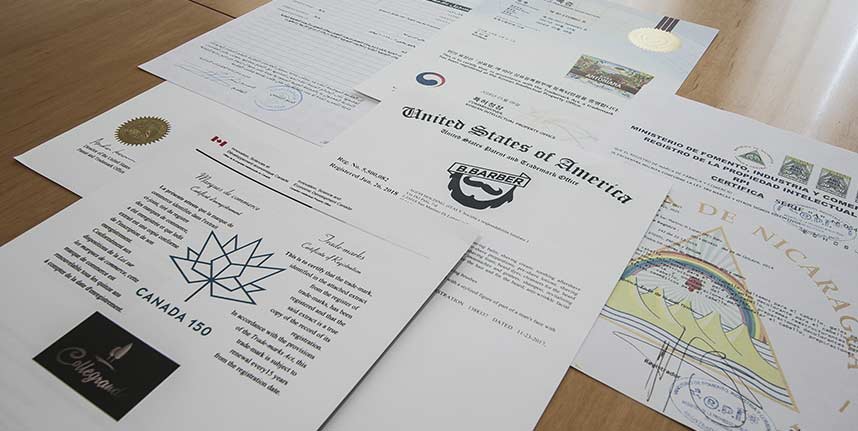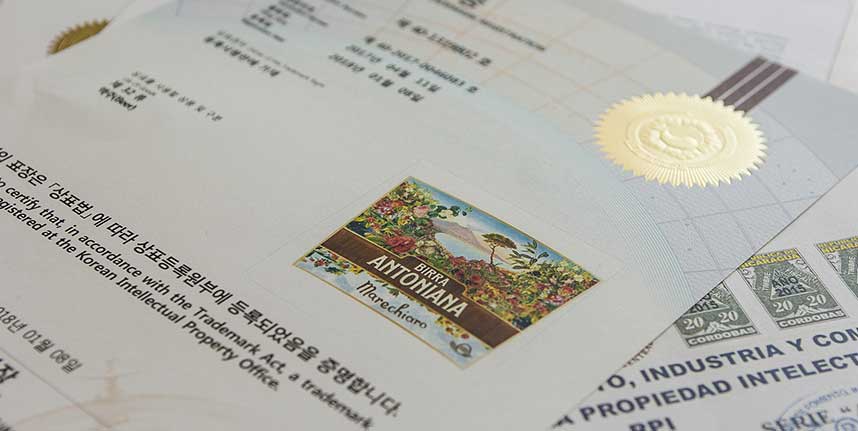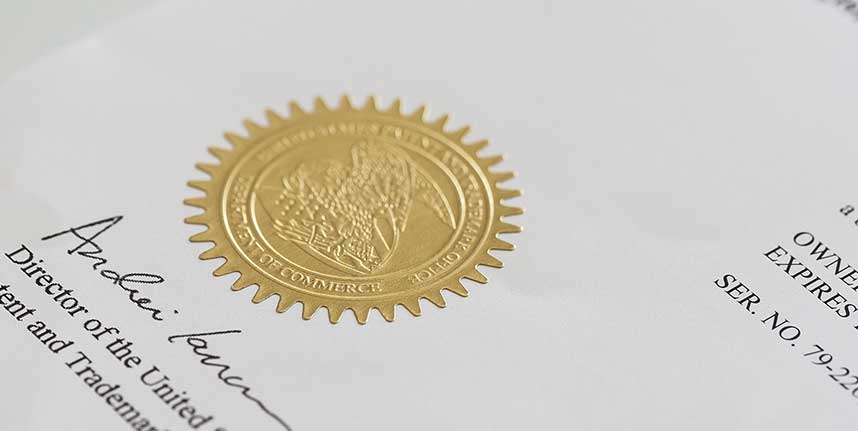A European trademark application must be submitted to the European Union Intellectual Property Office (EUIPO), which verifies its registrability and assigns a filing number.
Once this preliminary step has been successfully carried out, the mark is published on the website of the European Trademark Office and is thus made known to the public, including the owners of similar earlier marks. In the event that the latter find significant similarities between their mark and the new trademark application, they have 3 months to oppose the registration by opening an administrative procedure before the European Trademark Office, where they can claim their previously established exclusive rights.
If no objections are filed within 3 months from the date of the aforementioned publication, the mark will be registered; otherwise, the so-called opposition procedure will begin, which could lead to the refusal to register the mark in question. These procedures are managed by our legal experts.
Once registered, a European trademark is valid in all 28 countries of the European Union, lasts for 10 years and is renewable upon expiration.
A European trademark shall lapse if it is not used for a period of five years from the date of registration.
The owner of a registered trademark has the exclusive right to use it and has the right to prohibit third parties from using the following in their business activity:
- any sign that is identical to its trademark for identical goods/services;
- any sign that is identical or similar to its trademark for similar products/services and can thus cause confusion for the consumer;
- any sign that is identical or similar to its trademark also for goods or services which are not similar, where the registered mark has acquired a reputation and the use of the sign in question would give the third-party user an undue advantage.
Relevant regulation: EU Regulation no. 2015/2424 in force since 23 March 2016.






